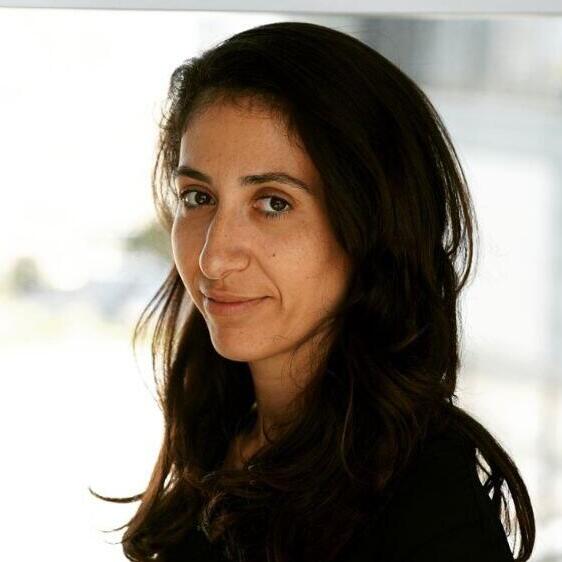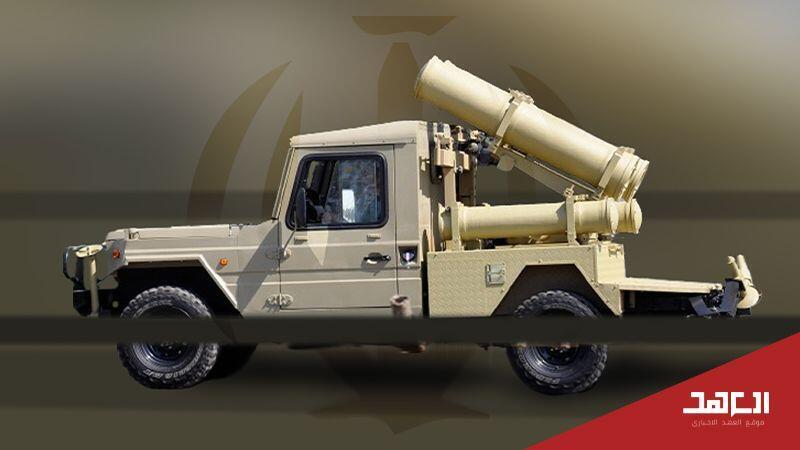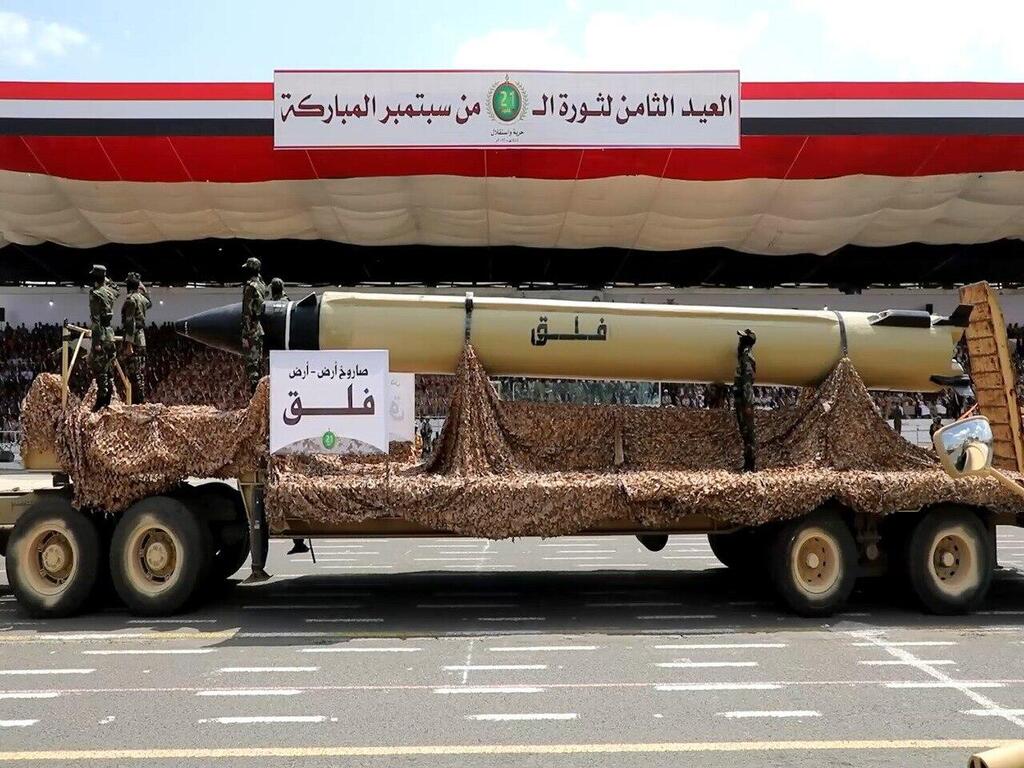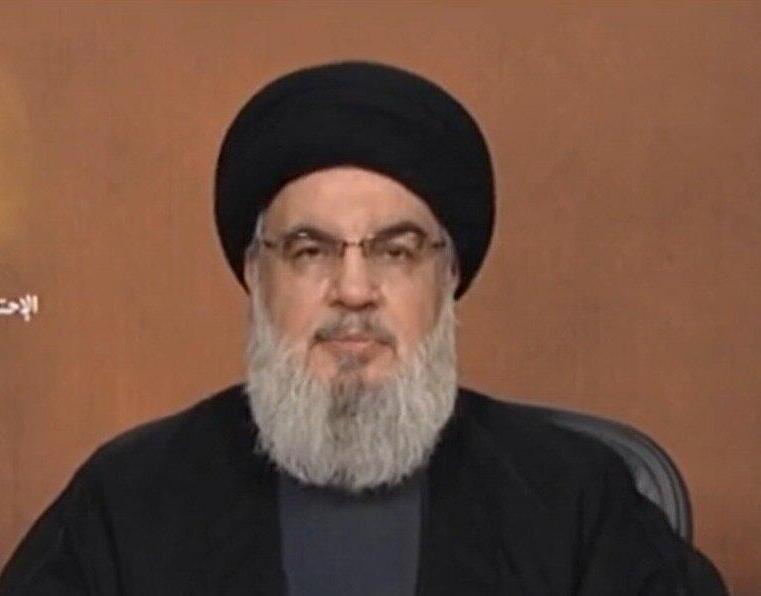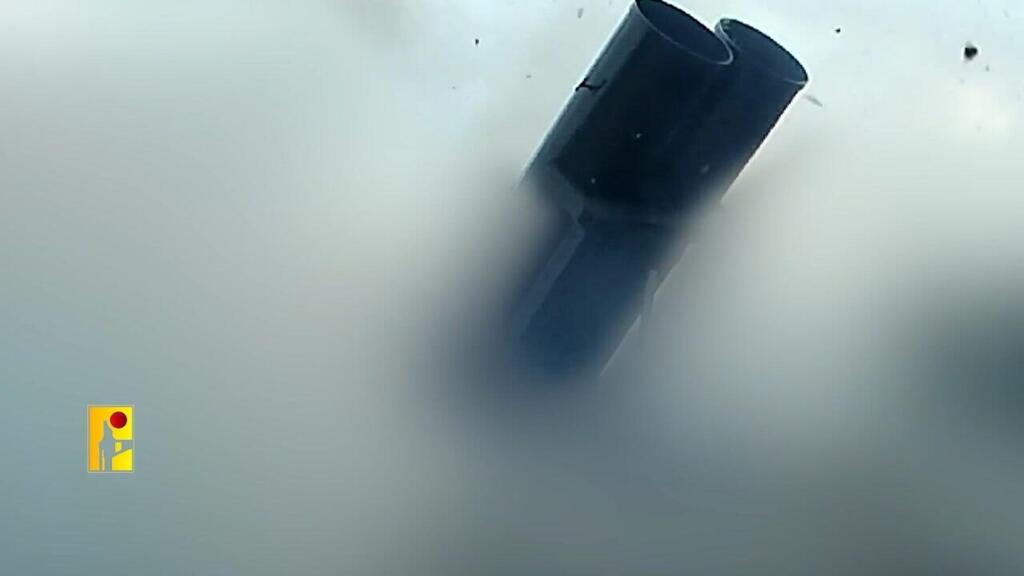Getting your Trinity Audio player ready...
The fighting in northern Israel continues with high intensity. Hezbollah has been consistently issuing statements taking responsibility for attacks against Israel since the beginning of the Gaza war. Concurrently, the organization releases meticulously edited videos showcasing their attacks for propaganda purposes, aiming to emphasize their involvement as an additional front in the "Gaza adjacent" war.
Hezbollah's unusual record
In recent days, Hezbollah has published more than 10 statements claiming responsibility for attacks on Israeli territory. Each claim is accompanied by a detailed map pinpointing the targeted area. At the end of each day, Hezbollah releases a "daily attacks summary."
The Lebanese newspaper "Al-Akhbar," associated with Hezbollah, suggested that a newly revealed missile called "Nour al-Golan" was used in the attacks, despite the weapon being in Hezbollah's possession for an extended period. The advantage of this missile lies in its ability to follow an arched trajectory, reaching targets not visible from Lebanon while transmitting images to its operators.
Hezbollah has also asserted its use of "weapons unknown to Israel" since the beginning of the war, strategically using such announcements for deterrence purposes. Notably, on Friday, Hezbollah claimed responsibility for the first time for firing "Falaq-1" missiles toward Israeli territory.
According to Arab reports, this marked the initial use of this type of missile in the ongoing war. Hezbollah claimed the firing targeted the "Upper Galilee" and provided a map of the location. The missile has a range of up to 10 km and is of Iranian origin, developed in the early '90s, weighing 50 kg with a length of 1.32 meters and a body diameter of 240 mm. There is also an advanced version, "Falaq-2."
In a November article, Al Jazeera reported that Hezbollah possesses an arsenal of unknown size, continually evolving and expanding. According to the"Axis of Resistance," as per Al Jazeera, Hezbollah is considered the most experienced, organized and heavily armed terrorist organization, with most of its funds and weaponry coming from Iran. Even before the war, the organization periodically announced the introduction of new equipment for operational purposes.
Read more:


